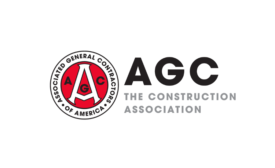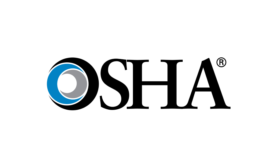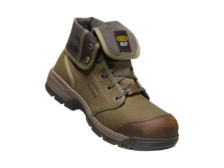Home » Keywords: » heat
Items Tagged with 'heat'
ARTICLES
New Federal Heat Rule Mandates Safety Measures Already Used in Construction
Construction association officials note that the new proposal, however, fails to address regional weather variations and should outline steps workers must take to protect themselves from heat exposure
July 9, 2024
Connect with the industry’s leading resource for unparalleled insights and education.
Join thousands of industry professionals today. Shouldn’t you know what they know?
JOIN NOWCopyright ©2025. All Rights Reserved BNP Media.
Design, CMS, Hosting & Web Development :: ePublishing







